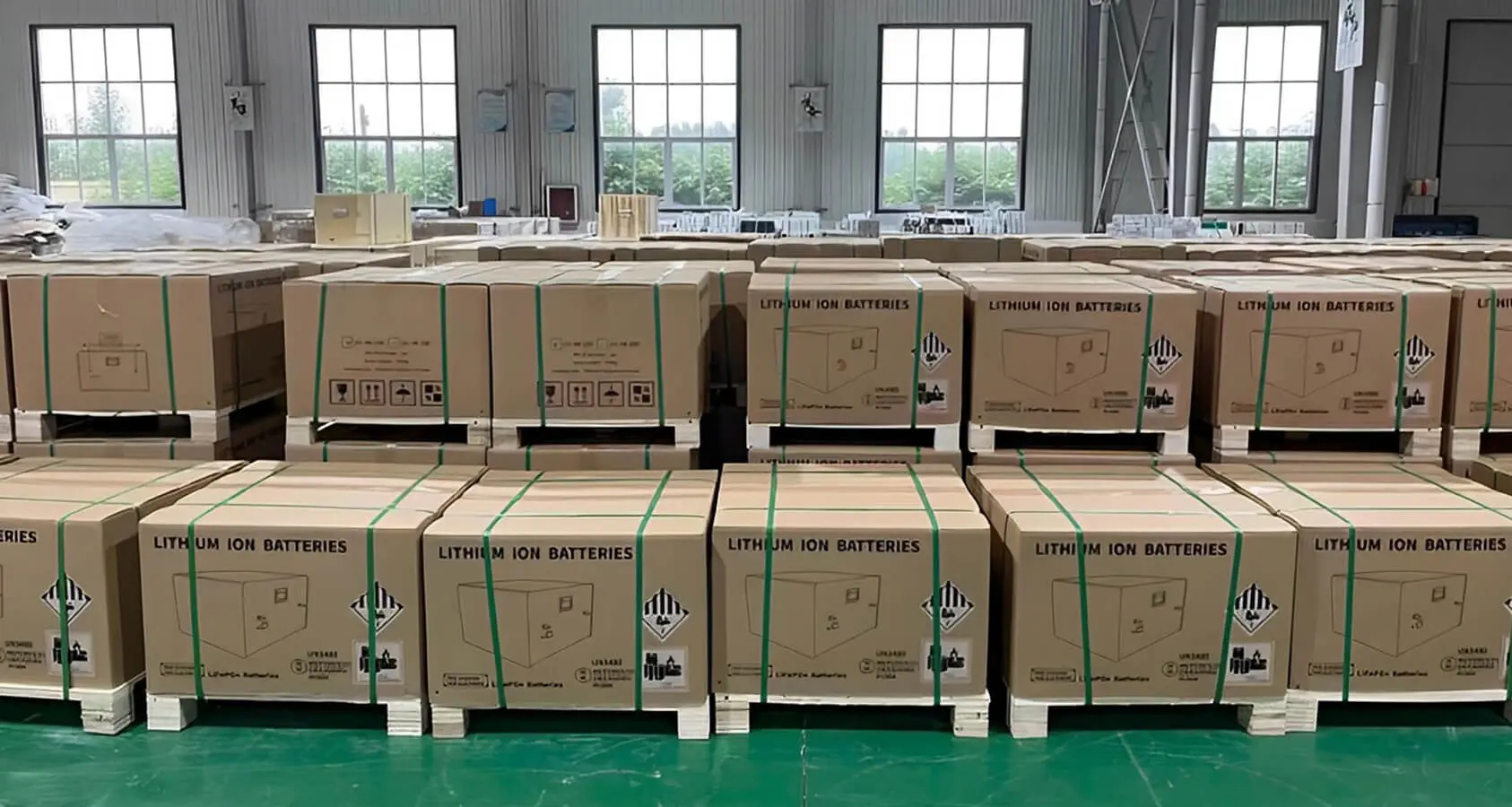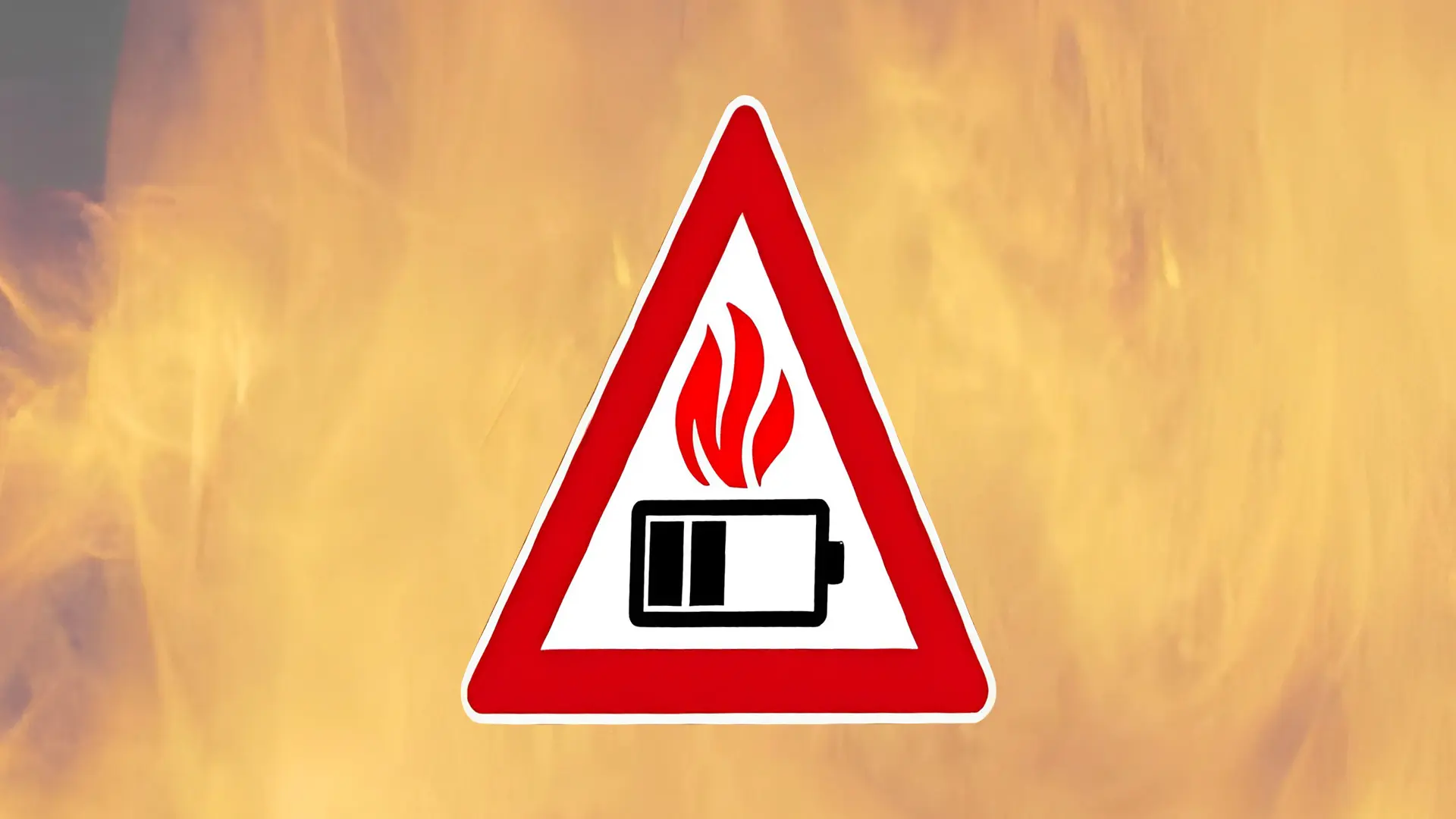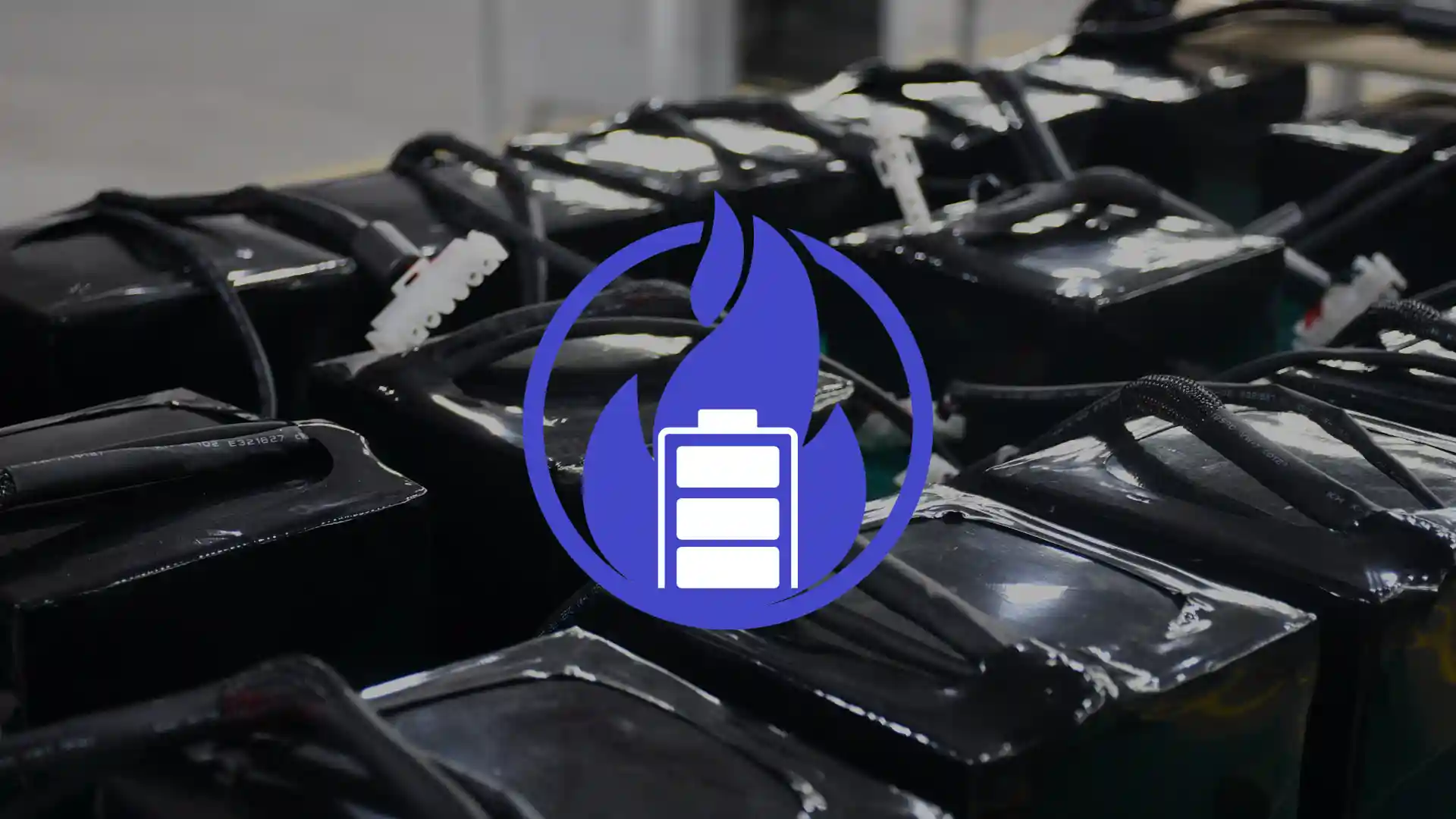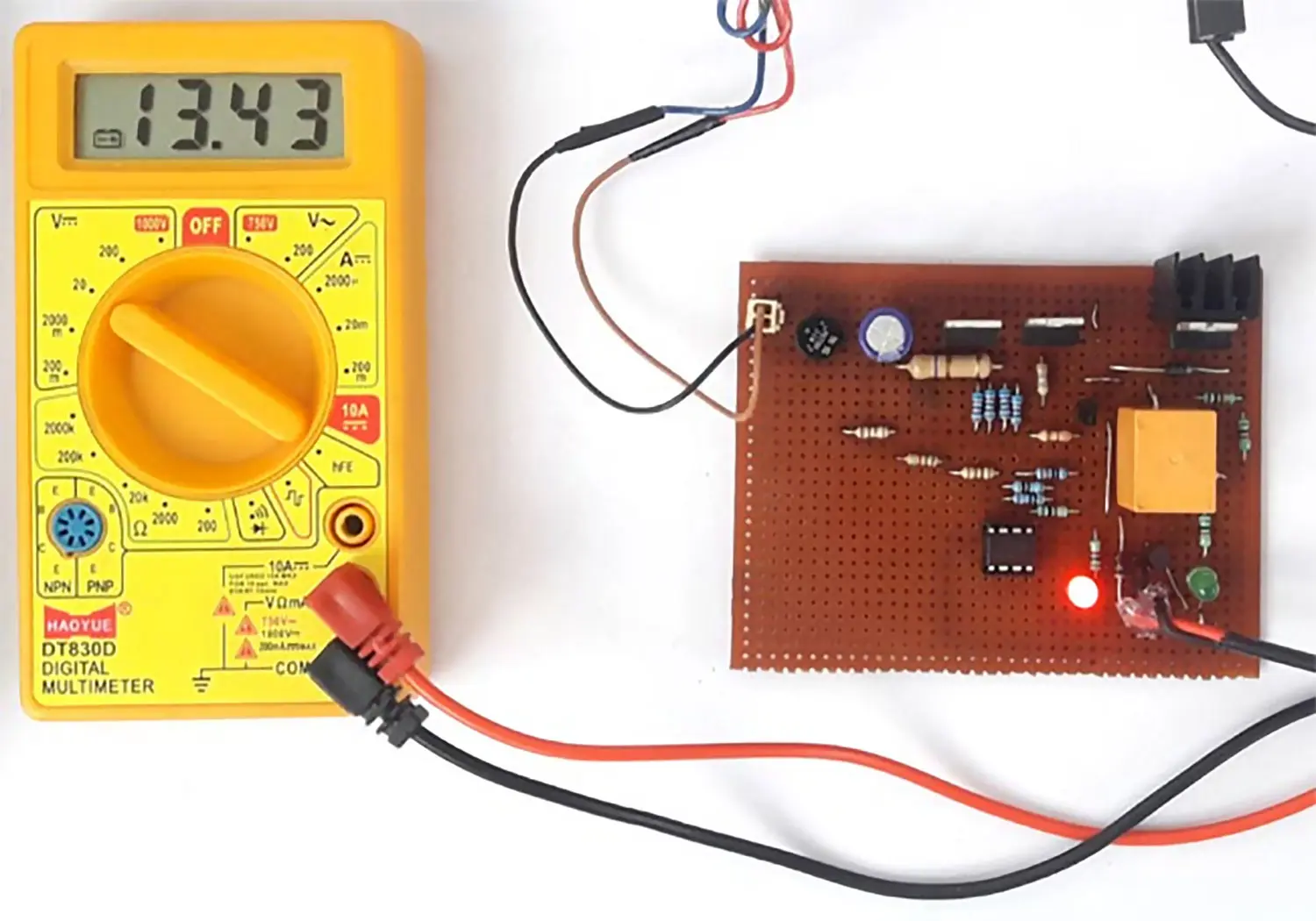As global demand for lithium-ion batteries skyrockets, so does the need for lithium battery storage facilities. However, storing batteries is a fire hazard, especially in buildings with thousands of flammable units, making the risk of fire spread high. The U.S. is particularly at risk. Of the 63 major energy storage failure events over the past 12 years, 19 of which have occurred in the U.S., the second-most of any country in the world behind South Korea.
However, Lithium battery storage facilities are necessary, but storing batteries can be a fire hazard. By following safety precautions, these facilities can still be operated safely. Here are a few tips on how to make sure your lithium battery storage facility prevents fires, as well as handles them correctly when they happen.

Educate Your Staff
Battery fires and explosions due to thermal runaway can become a compounding problem if not handled correctly, which is why it’s so important that everyone on your staff be properly educated on procedures and battery technology. At CM Batteries, we offer comprehensive training sessions that align with industry best practices. Our quarterly or semi-annual safety training ensures your team is always up to date on fire prevention methods, new battery technologies, and emergency response procedures. The training includes:
- How to handle thermal runaway events
- Proper procedures to prevent short circuits and overcharging
- Fire prevention protocols for lithium-ion batteries
- Emergency action plans in case of a fire
This approach not only helps prevent accidents but also fosters a proactive safety culture across your organization.
Set Up a Great Monitoring System
To further protect your facility, CM Batteries strongly recommends integrating a Battery Management System (BMS) to monitor battery health, including temperature and other factors that could lead to a fire. Our BMS solutions are designed to help you track battery conditions in real-time and provide early warnings when potential issues arise.
We offer customized team training on how to monitor and interpret BMS alerts through an intuitive, organized system. Each team member will learn to navigate the system, ensuring that prompt and informed decisions are made to prevent incidents before they escalate.
Install the Right Fire Suppression System
Since lithium batteries have such a high energy density, typical sprinklers could cause further damage in the case of a fire. Stay away from water-based fire suppression solutions and instead use an inert gas-based suppression system. These clean-agent fire suppression systems use gasses and chemicals like FM-200 or Novec 1230, which are designed to put out fires without damaging sensitive electronics.
In addition to the right fire suppression, make sure you have adequate ventilation and cooling systems in place as well. This will ensure proper temperature control, especially during peak charge and discharge cycles.
Be Compliant With Codes and Regulations
Local, state and national regulations are there for a reason- to keep everyone safe. Follow all necessary regulations, and if you ever have any questions reach out and ask. The main code you’ll want to make sure you follow is the National Fire Protection Association’s Standard for the Installation of Stationary Energy Storage Systems, more commonly referred to as NFPA 855. Following these codes will help you ensure a safe battery storage atmosphere.
Lithium batteries can pose a storing batteries fire hazard due to mechanical damage, defects, overcharging, or short circuits, potentially leading to dangerous situations. At CM Batteries, we not only provide advanced battery solutions but also prioritize the safety and training of your team. For more tips on how to store your lithium-ion battery safely, check out this article and our blog, and feel free to reach out with any specific questions!











